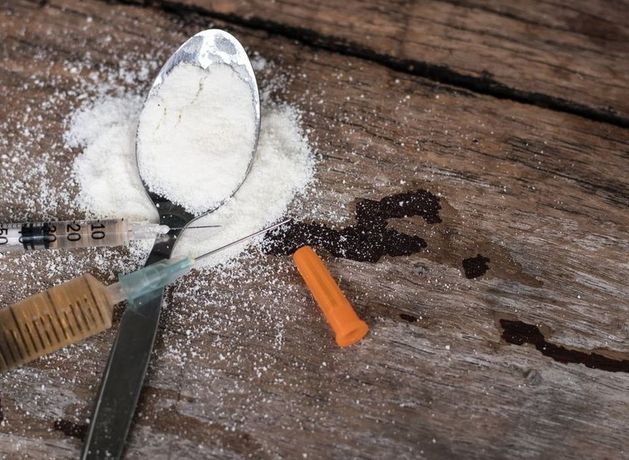Mass-produced in China, a total of 81 new synthetic opioids detected since 2009 have been described as “often highly potent” and “carry a significant risk of poisoning and death”.
Mass-produced in China, a total of 81 new synthetic opioids detected since 2009 have been described as “often highly potent” and “carry a significant risk of poisoning and death”.
“Nitazenes are sometimes sold as ‘synthetic heroin’ and have been detected in fake medicines on the drug market,” the EU report, published on Tuesday by the European Monitoring Centre for Drugs and Drug Addiction (Emcdda) reveals.
“In 2023, nitazenes were associated with a sharp rise in deaths in Estonia and Latvia and with localised poisoning outbreaks in France and Ireland.”
The substances, which are hundreds of times more potent than heroin and even stronger than the cancer pain medicine fentanyl, were mis-sold as street-grade heroin, according to the report.
Compared to North America, where an ongoing opioid crisis, primarily fentanyl, killed some 75,000 people last year, synthetic opioids play a relatively small role in Europe’s drug market overall.
However, six of the seven new synthetic opioids reported for the first time to the EU’s early warning system in 2023 were nitazenes, the highest number in a single year, with 16 found in Europe since 2019.
The agency has warned EU countries to expand treatment access, boost needle-exchange programs, and stockpile the anti-opioid drug naloxone to counteract overdoses.
They say those measures would also help address the consequences of a larger market for synthetic opioids as a decline in heroin availability emerges.
In the US, painkillers made way for heroin, and heroin for synthetic opioids, sparking fears that the same development could occur in Europe given the looming possibility of a heroin drought.
In April 2022, the recently installed Taliban banned all opium cultivation and heroin processing in Afghanistan, according to the United Nations.
As the country accounts for nine-tenths of world’s supply, that means Europe’s heroin users are consuming their way through limited stockpiles.
Evidence suggests that substantial stocks of opium remain in Afghanistan, which may explain why, to date, there have been no strong signals of disrupted heroin flows towards the EU.
However, there are concerns that a future heroin shortage could lead to market gaps being filled by potent synthetic opioids or synthetic stimulants. This could have potentially significant negative effects on public health and security.
For now, provisions have held up, but “it would be prudent to prepare for a possible heroin shortage in late 2024 or 2025,” predicted the EMCDDA.
Drug availability remains high in Europe, where the market offers a diverse range of products, the report found.
People who use drugs are now exposed to a wider range of psychoactive substances, often of high potency or purity, or in new forms, mixtures and combinations.
With products sometimes mis-sold, consumers may be unaware of what they are taking and subject to greater health risks, including potentially fatal poisoning, the agency warns.
According to the report: “One of the challenges facing drug surveillance in 2024 is to gain a deeper understanding of what drugs are actually being consumed and in what combinations.”
One of the priorities of the new European Union Drugs Agency (EUDA) that is launching next month will include enhancing the monitoring of patterns of polysubstance use and the understanding of what constitutes effective prevention, treatment and harm reduction interventions.
The agency will also strengthen its analytical capacity, through an EU network of forensic and toxicological laboratories.
Meanwhile, European Commissioner for Home Affairs Ylva Johansson said the “fast moving and volatile” European drug market is fuelling violence and corruption.
“And the flow of illicit drugs into Europe is coming particularly through our ports,” she said.
“That is why we have set up a European Ports Alliance to strengthen the resilience of our logistical hubs against the threats posed by organised crime. It takes a network to fight a network.
“As new drugs and dangers continue to arise, that is why we have equipped our drugs agency with greater powers and resources. The drugs agency is doing a very important job, alerting us to the spread and dangers of drugs.
“The European Drug Report is a vital resource for policymakers. We need to be vigilant; we need to be prepared.”

